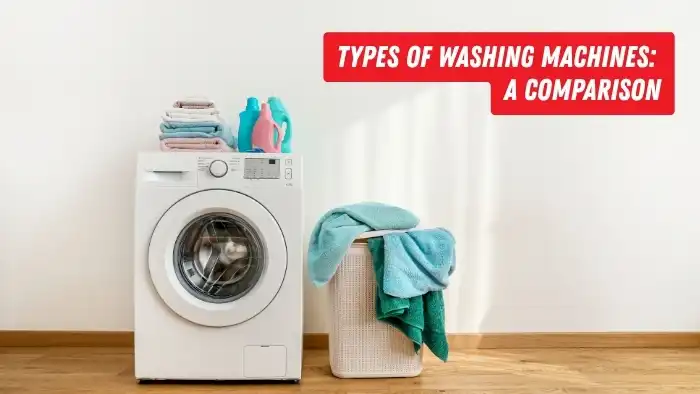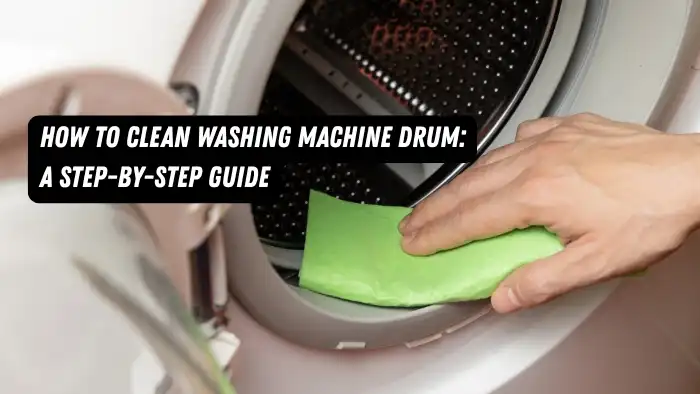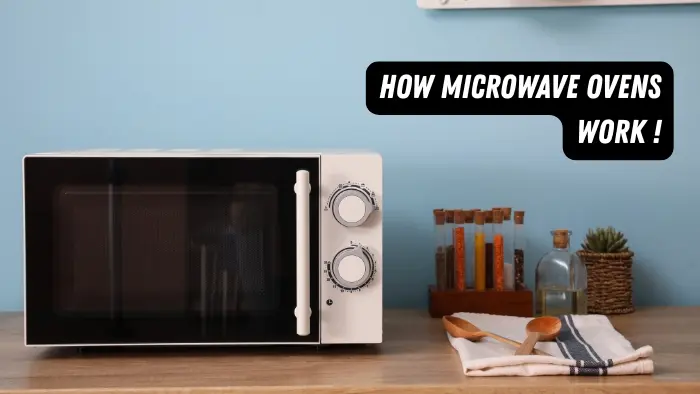Washing machines have become an essential household appliance. With numerous options available in the market, choosing the right one can be quite overwhelming. This article aims to guide you through the different types of washing machines, helping you understand which type of washing machine is best for your needs.
When it comes to washing machines, there are several types to choose from. Each type has its unique features and benefits. Here’s a look at the main types:
- Top Load Washing Machine
- Front Load Washing Machine
- Semi Automatic Washing Machine
- Top Load Washing Machines
Top load washing machines are the most traditional type. They have a lid on the top where you load your laundry.
Advantages of Top Load Washing Machines
Ease of Use: You don’t have to bend down to load and unload clothes.
Faster Wash Cycles: They generally have shorter wash cycles compared to front load machines.
Cost-Effective: Typically, top load washers are less expensive than front load washers.
Disadvantages of Top Load Washing Machines
Water Usage: They use more water compared to front load machines.
Energy Efficiency: Not as energy efficient as their front load counterparts.
Gentleness: Less gentle on clothes, which can lead to quicker wear and tear.
Front Load Washing Machin
Front load washing machines have a door at the front where you load your laundry. They are known for their efficiency and performance.
Advantages of Front Load Washing Machines
Energy Efficiency: More energy efficient due to lower water and energy consumption.
Gentleness: They are gentler on clothes, reducing wear and tear.
Cleaning Performance: Typically offer better cleaning performance.
Disadvantages of Front Load Washing Machines
Cost: Generally more expensive than top-load machines.
Loading and Unloading: Requires bending down to load and unload clothes.
Wash Cycle Duration: Longer wash cycles compared to top load machines.
Semi-Automatic Washing Machines
Semi-automatic washing machines come with two separate compartments – one for washing and the other for drying. You need to manually transfer clothes from the washer to the dryer.
Advantages of Semi-Automatic Washing Machines
Cost: Usually less expensive than fully automatic machines.
Water Control: You have more control over water usage.
Power Consumption: Lower power consumption compared to fully automatic machines.
Disadvantages of Semi-Automatic Washing Machines
Manual Effort: Requires manual effort to transfer clothes between compartments.
Space: Takes up more space due to having two compartments.
User Convenience: Less convenient compared to fully automatic machines.
Fully Automatic Washing Machines
Fully automatic washing machines handle the entire washing process for you. They come in both top load and front load variants.
Advantages of Fully Automatic Washing Machines
Convenience: No manual intervention required.
Efficiency: More efficient and saves time.
Advanced Features: Often comes with advanced features like different wash programs, temperature settings, and more.
Disadvantages of Fully Automatic Washing Machines
Cost: More expensive than semi-automatic machines.
Water Usage: Can use more water compared to semi-automatic machines.
Which Type of Washing Machine is Best?
- Choosing the best type of washing machine depends on your specific needs and circumstances. Here are some factors to consider:
Family Size
Small Families: A top load or semi-automatic washing machine may be sufficient.
Large Families: A front load or fully automatic machine might be more suitable due to their larger capacity and efficiency.
Space Availability
Limited Space: A washer-dryer combo or a compact front load machine can be ideal.
Ample Space: You have more flexibility to choose based on other factors like budget and features.
Budget
Tight Budget: Semi-automatic or top load washing machines are generally more budget-friendly.
Higher Budget: Fully automatic or front load washing machines offer more features and better efficiency.
Energy and Water Efficiency
If conserving water and energy is a priority, a front load washing machine or a fully automatic machine may be the best choice due to their higher efficiency.
Convenience
For maximum convenience, a fully automatic washing machine or a washer-dryer combo is ideal as they require minimal manual intervention.
Conclusion
Understanding the different types of washing machines and their respective advantages and disadvantages can help you make an informed decision. Whether you need a top load, front load, semi-automatic, fully automatic, or a washer-dryer combo, there is a washing machine out there that fits your needs and budget.
When choosing the best washing machine for your home, factor in considerations such as your family size, available space, budget, energy and water efficiency, and convenience needs.








